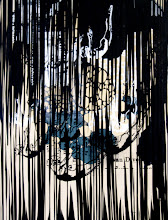Today we extracted honey!
We rented the extractor from BioFuel Oasis, and we were ready to go with our glass jars.
Extracting honey always comes with some flutter of the heart....
"Is everything going to be ok in the hive?"
"Are we doing this right?"
"Will we leave enough food for the bees once we are finished?"
Thank goodness we had some help from the Shen-Tucker family!
Preston Tucker suited up and took on the role of master beekeeper.
Wrangling and Wrestling with the extractor. (nice socks. that is camel toe for sure.....)
Everyone loves the Aileen Street honey!
A beautiful frame of capped honey........
Nectar.
Preston Tucker suited up and took on the role of master beekeeper.
Wrangling and Wrestling with the extractor. (nice socks. that is camel toe for sure.....)
Everyone loves the Aileen Street honey!
A beautiful frame of capped honey........
Nectar.
























